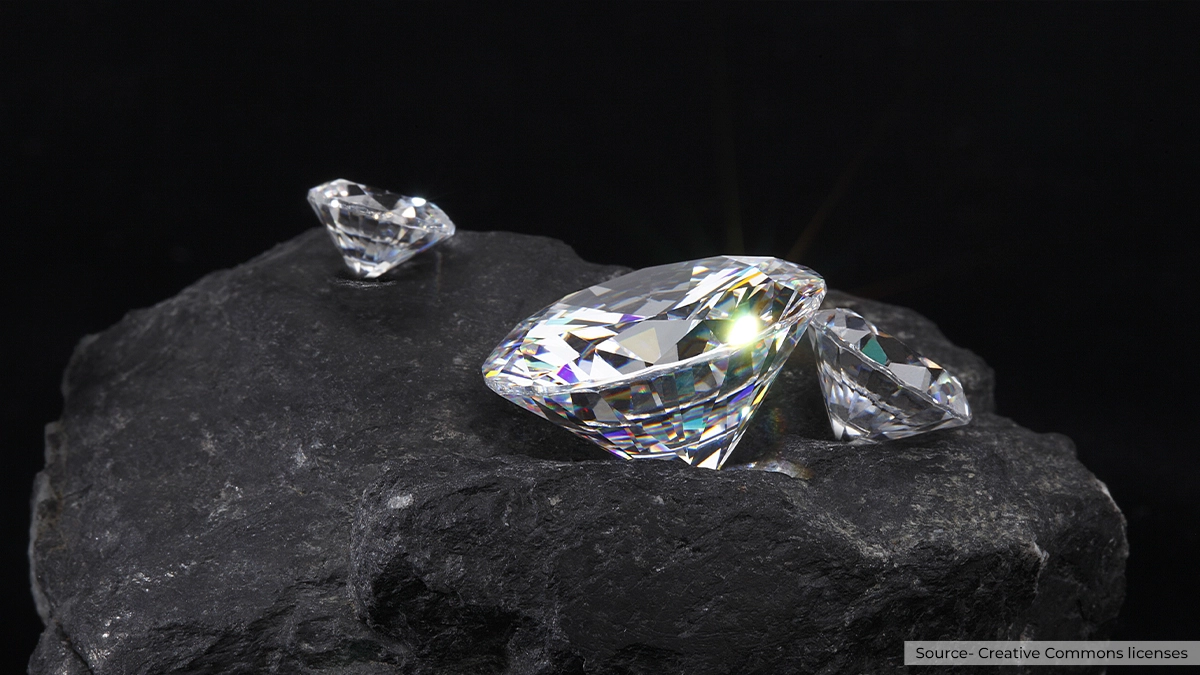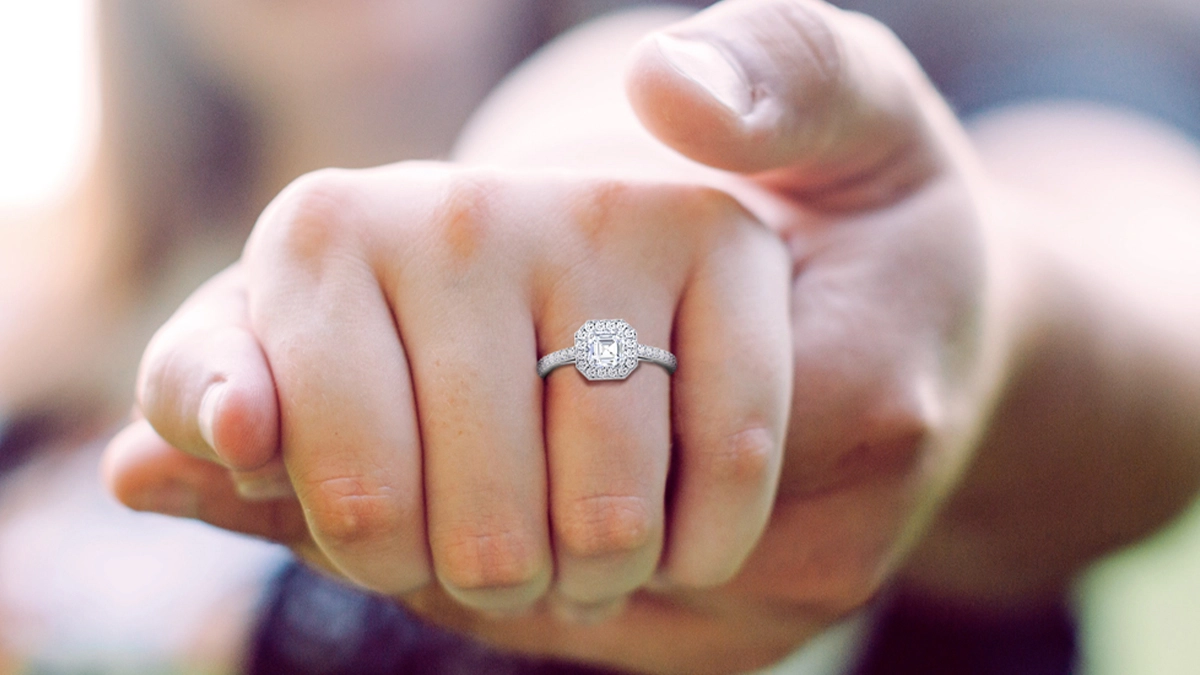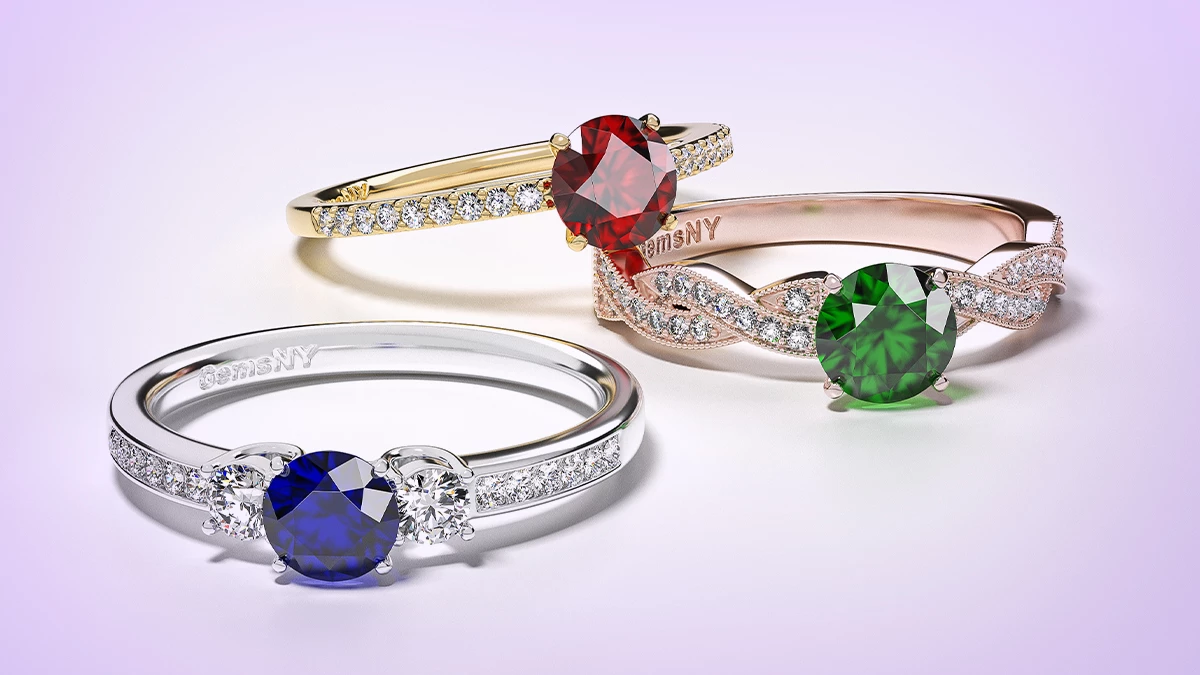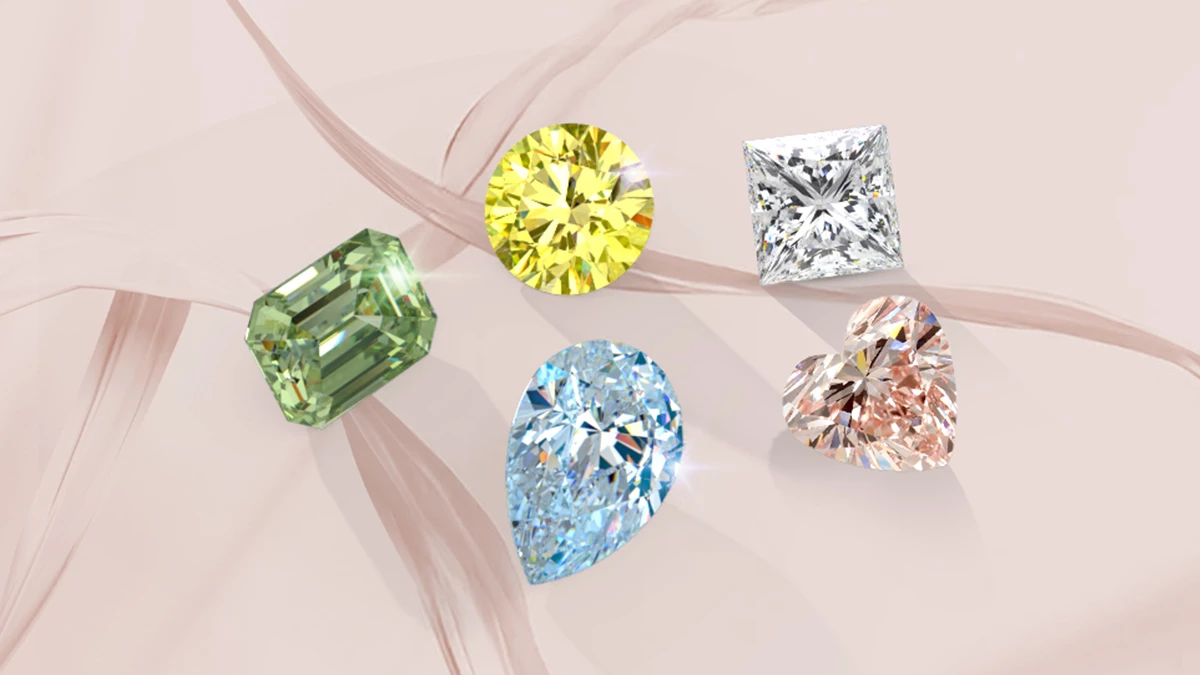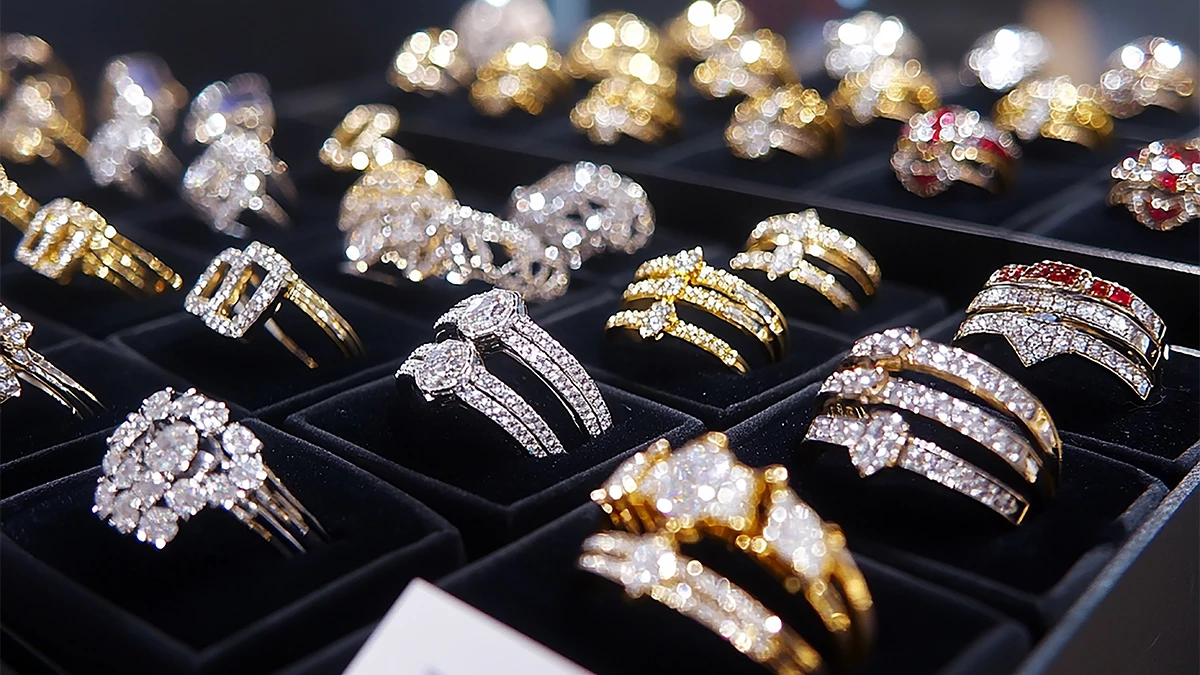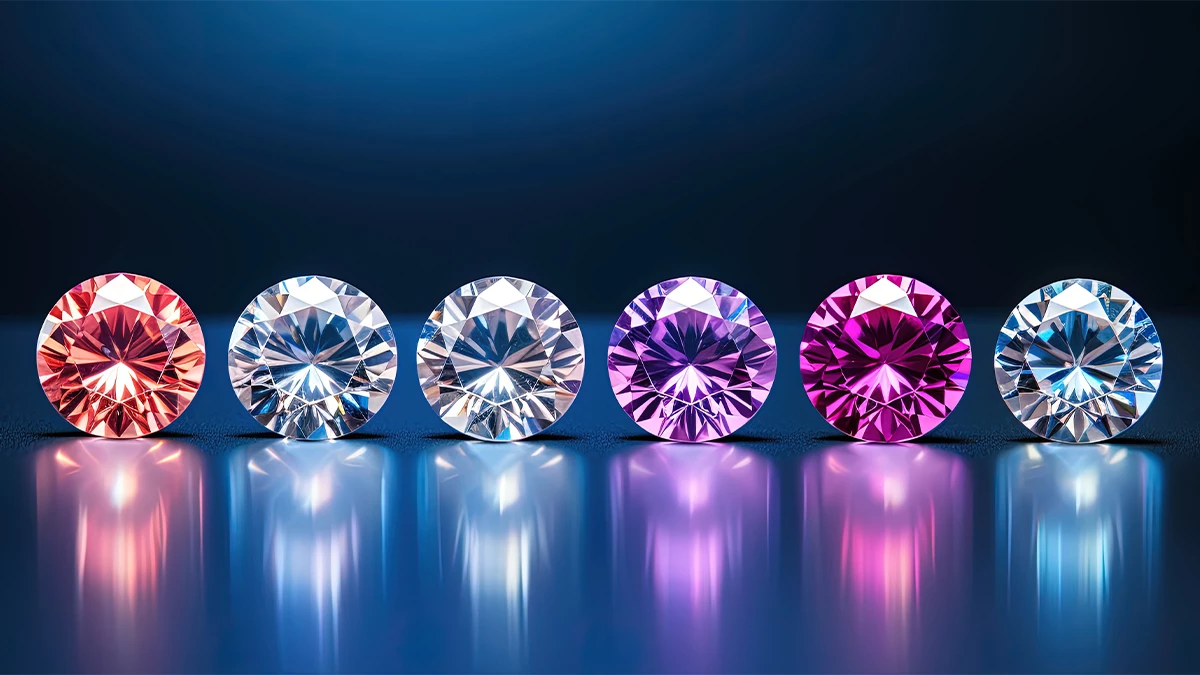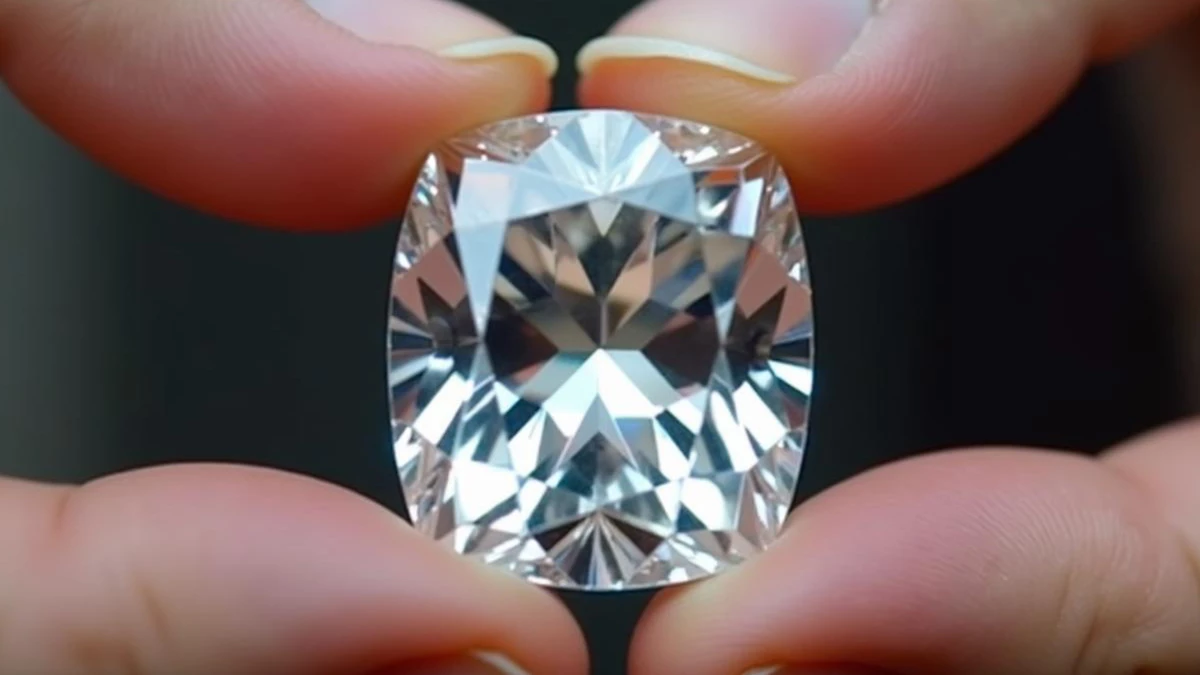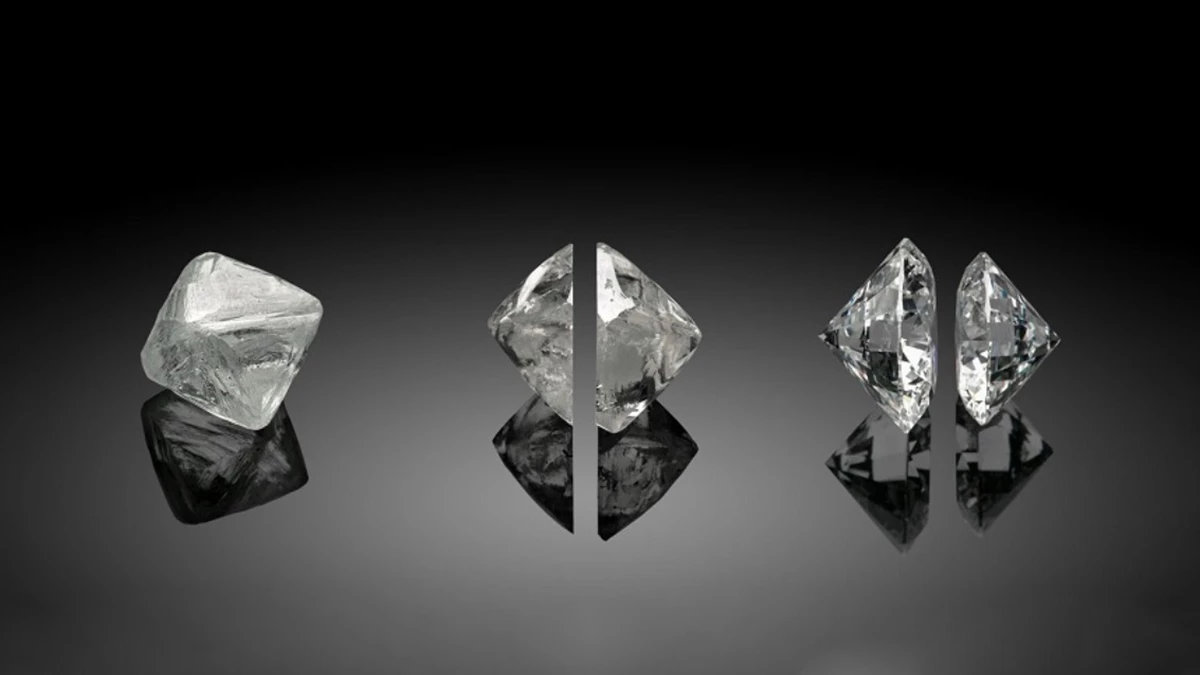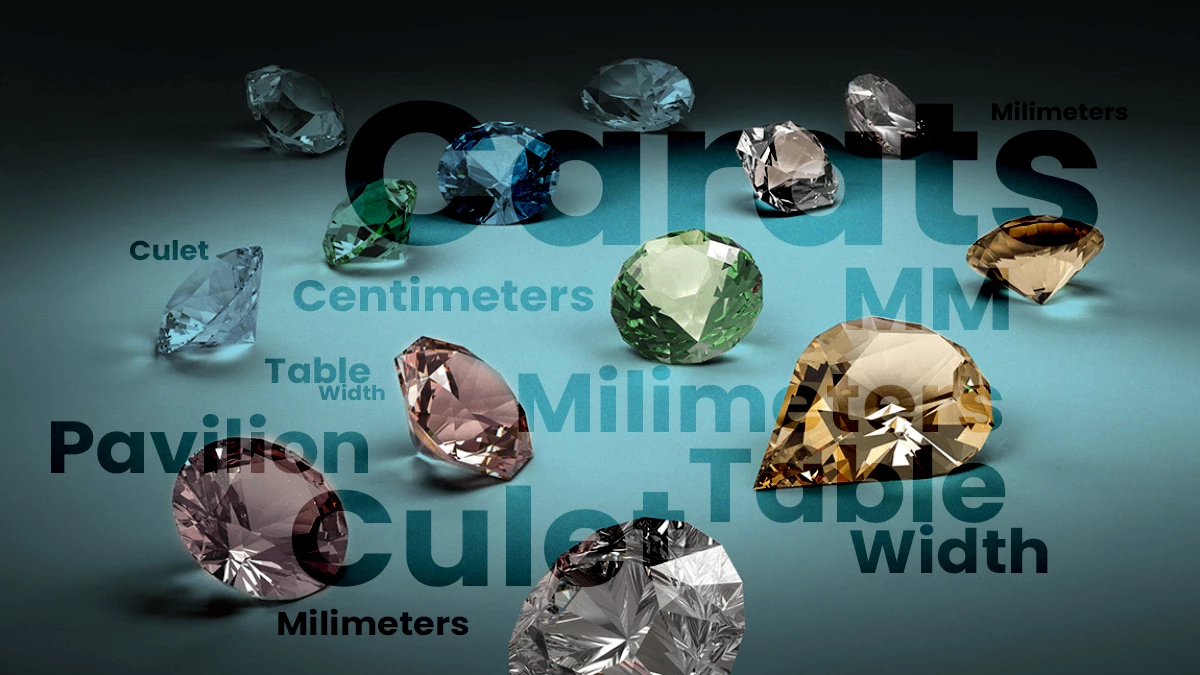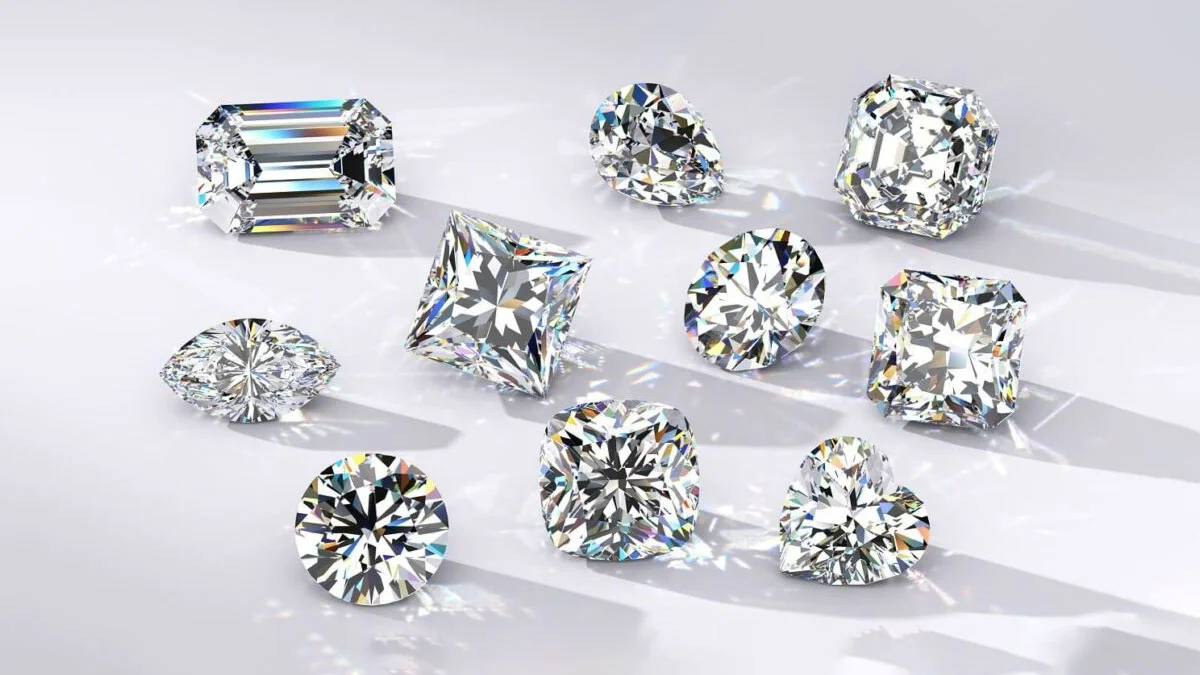Sparkle. Elegance. Precious. These words might pop into your mind when you think about diamonds. No wonder these dazzling gems are known for leaving people bewitched with their sparkle. However, there is more to these timeless sparklers than meets the eye! Have you ever heard of the diamond clarity scale? Don’t worry if you haven’t, because you are likely not alone! To make it easier for you to understand, it is a detailed grading system that has a significant impact on a diamond’s value and beauty. If you are one of those who love learning new things and this topic piqued your interest, you are in luck! This article has everything you need to know.
What is Diamond Clarity?
When it comes to grading gemstones, gemologists take the 4 Cs into consideration. These 4 Cs are the cut, color, clarity and carat. When buying a diamond, one of the key factors to consider is its clarity.
Diamond clarity indicates whether a diamond has any imperfections, both on the inside and outside, such as blemishes or inclusions. These imperfections offer a helping hand in determining the clarity grade of a diamond, which ultimately affects its value and beauty.
Understanding diamond clarity is essential as it greatly influences the appearance and overall quality of a diamond. Inclusions and imperfections, which can come in different sizes and positions, have the potential to dull the brilliance and sparkle of a diamond. As a result, a diamond with excellent clarity is more precious and attractive than one with imperfections.
Understanding the Diamond Clarity Scale Grade
Not every diamond gemstone is the same. That’s why diamonds are sorted into different categories based on their flaws.
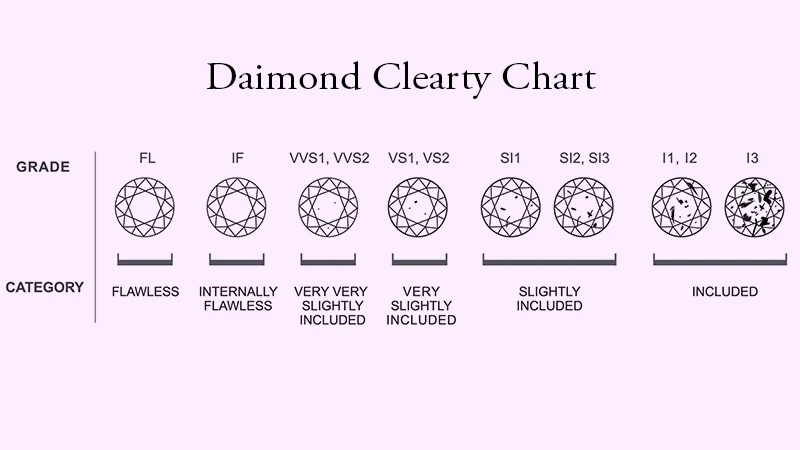
FL (Flawless)
When examined under 10x magnification, FL diamonds reveal no external flaws or internal inclusions.
IF (Internally Flawless)
IF diamonds examined under 10x magnification don’t show any visible internal or external markings. They might showcase slight blemishes on the surface that are not visible to the naked eye.
VVS1 (Very Very Slightly included 1) and VVS2 (Very Very Slightly included 2)
Even though the name might sound repetitive, there is meaning to it. VVS1 and VVS2 diamonds have this nomenclature because of the slight variations in the flaws they possess which are even hard to notice under a 10x magnification.
VS1 (Very Slightly Included 1) and VS2 (Very Slightly Included 2)
VS1 and VS2 diamonds have minor inclusions such as crystals, clouds, or feathers. However, unlike a VVS diamond, it is slightly easier to spot the imperfection in a VS diamond gemstone with 10x magnification.
SI1 (Slightly Included 1) and SI2 (Slightly Included 2)
Slightly Included diamonds (SI1, SI2, SI3) have imperfections you can see with your eyes. Unlike the previous grades, there is no need for magnification tools to spot the inclusions, which may include clouds, knots, feathers, crystals and caverns.
I1 (Included 1), I2 (Included 2) and I3 (Included 3)
Unlike SI diamonds, the imperfections in Included diamonds (I1, I2, I3) are highly and more easily noticeable! The included diamonds generally contain too many clouds, feathers, knots, cavities or crystals that may look like smudges or cracks and cause them to lose their shine and clarity. While these diamonds have lower clarity ratings and some visible imperfections, they are still able to fetch a fair price in the market!
Unveiling the Significance of the Diamond Clarity Scale in Value and Beauty
The diamond clarity scale is crucial for determining the value and beauty of these precious gems. Think of this scale as the Sorting Hat from Harry Potter! Just like the hat would sort witches and wizards into one of the four houses based on their qualities, this scale grade also sorts diamonds into different categories based on their flaws, known as inclusions and blemishes, and rates them from ‘flawless’ to ‘included.’ The fewer and less prominent these imperfections are, the better the clarity grade, resulting in a more valuable and rare diamond. However, unlike Harry, who had the freedom to choose Gryffindor house over Slytherin, diamonds don’t have any say in which category they belong to!

But that’s not all! The diamond clarity scale goes beyond just value. The beauty of the diamond also plays a vital role. Diamonds with high clarity grade reveal a stunning sparkle and transparency. That is because these diamonds don’t have visible flaws, making it easier for light to pass through them and creating a beautiful display of reflection and refraction. This adds to the diamond’s overall beauty, making it more radiant and appealing.
When it comes to evaluating diamonds, the clarity scales serve as a helpful guide. It aids us in finding diamonds that are not only valuable but also visually stunning.
Final Thoughts
Whether you plan to buy a loose diamond or a diamond ring, it is essential to consider the diamond clarity scale as well as your preference. Some people prefer a flawless diamond, which comes at a higher price, while others might find a diamond with character more appealing, which is relatively more affordable. GemsNY offers a wide range of high-quality diamonds and other gemstones that you can explore.
